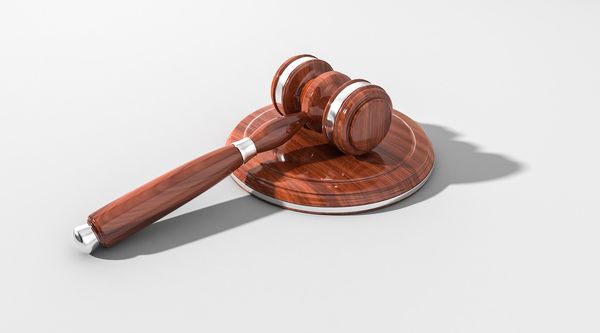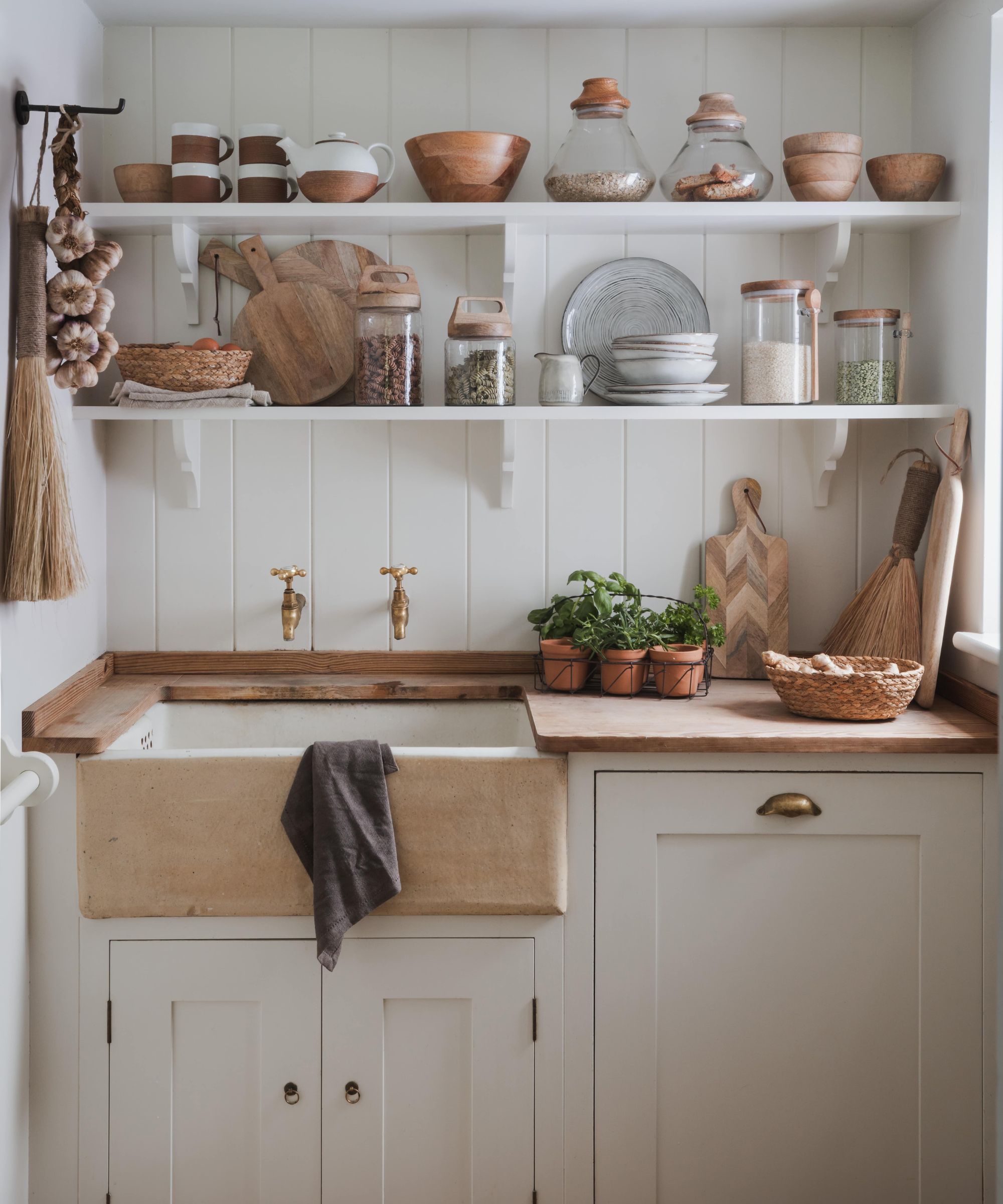
As a Homes & Gardens Solved editor, where I write about all of the more practical elements of running a home, I'm constantly researching the effects of toxicity in homes. After reviewing countless studies and research papers, my eyes have been truly opened to just how unhealthy some everyday items can be.
From the fragranced laundry detergent I once swore by to the clothes in my closet, I’ve made it my mission to limit the toxins I bring into my home.
As a result, there are six common household items I no longer buy to keep my home healthy, and what I choose instead to limit the toxic items to get rid of.
The 6 household items I have stopped buying
I didn't just stop buying these items, I made a hasty effort to declutter most of them, too. Here's why I've opted for more non-toxic home essentials instead.
1. Plastic food storage
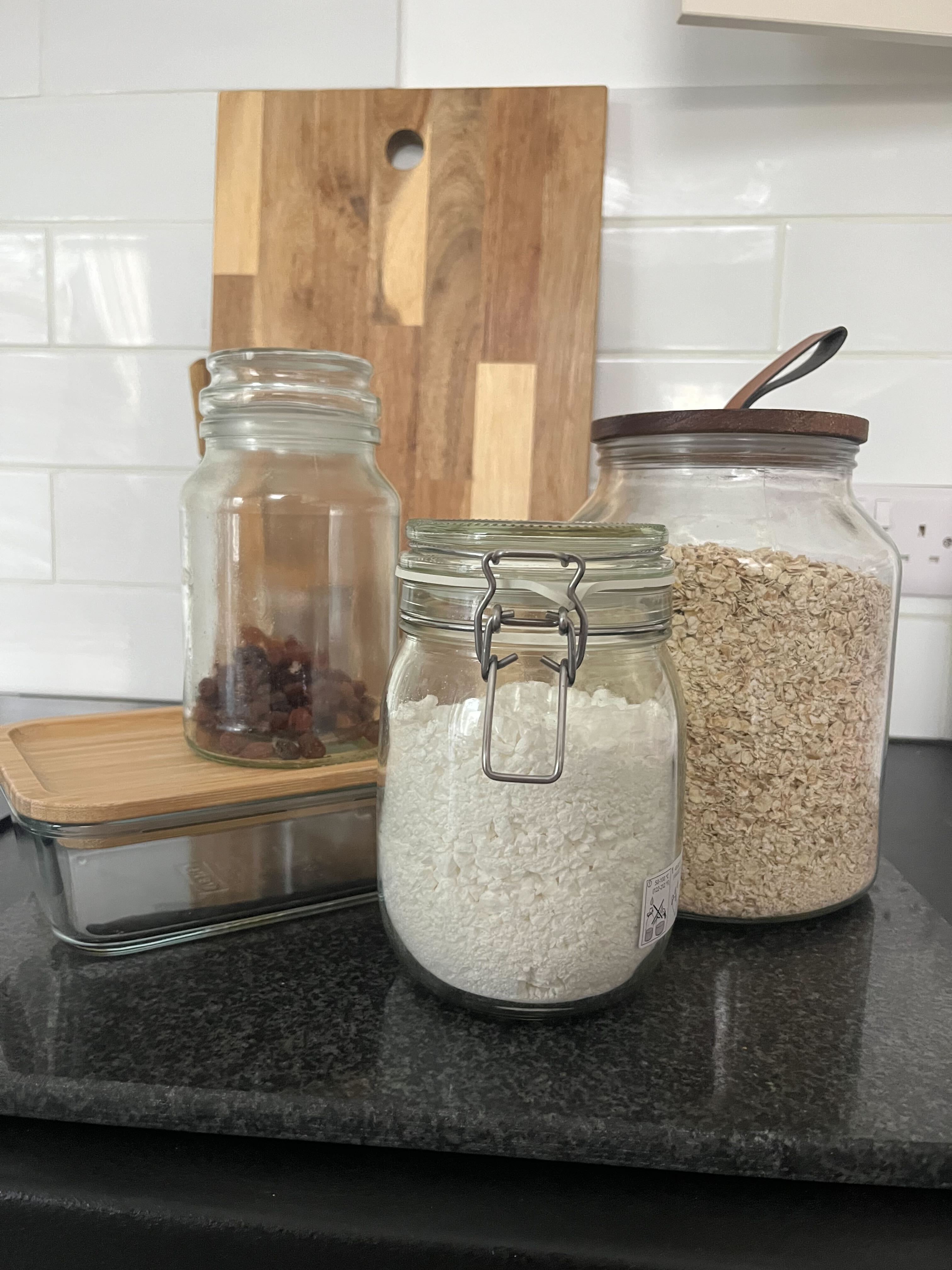
By far one of the most concerning studies I have read in the last few months is a 2022 study from The National Library of Medicine into the microplastics released from food containers when heated up.
In my house, we often make larger meals and use food storage ideas to reduce food waste to keep leftovers for lunch the next day. These are then usually heated up in the microwave for convenience.
However, the study's observation that 'millions of micro- and nano- plastic particles can be released from plastic food packaging after being exposed to high temperatures (food heated or packaging hot beverages)' has fully converted me to the use of glass storage instead, especially for leftovers. I specifically use glass containers with bamboo lids, which are available in sets of four at Walmart.
I have seen other benefits to switching to unfirm glass food storage, too. Organizing a refrigerator and organizing a freezer is now easier, for example, as the containers stack neatly on top of one another. Similarly, I no longer have to battle to organize plastic containers as glass is heavy enough that it doesn't fall over in the drawer or cabinet.
I don't have a dishwasher, but glass food storage is also dishwasher safe, whereas not all plastic containers are, which would make cleaning a kitchen at the end of each day easier for many people, too.

Dishwasher, oven, and microwave safe, these glass food storage containers are air-tight and leak-proof, making them perfect for storing food without the risk of food contamination.
2. Bleach
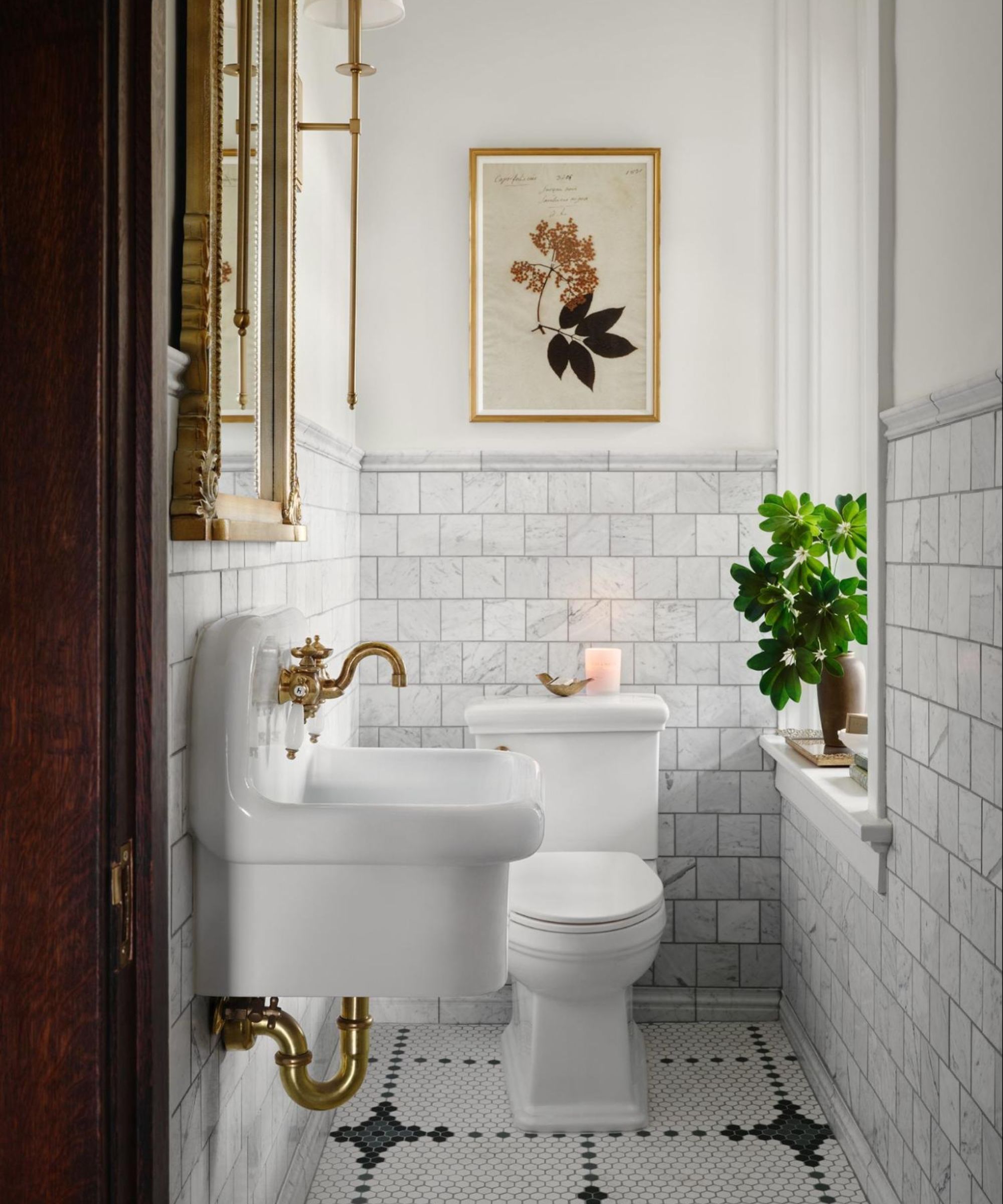
There are so many things you should never clean with bleach, that I find this toxic chemical redundant in my household, especially as professional cleaners have testified to the fact you don't need harsh chemicals to clean well.
Samara Geller, Senior Director of Cleaning Science and Consumer Safety Science at EWG explains, 'Sodium hypochlorite, the active ingredient in chlorine bleach, is associated with respiratory damage, so it is best to avoid it whenever you can.'
I only ever used to use bleach when cleaning a bathroom to tackle the toilet, but I have now switched to eco-friendly alternatives such as the ammonia-free USDA-certified Seventh Generation Toilet Bowl Cleaner from Amazon, which leaves my toilet cleaner than the harsh cleaner did.
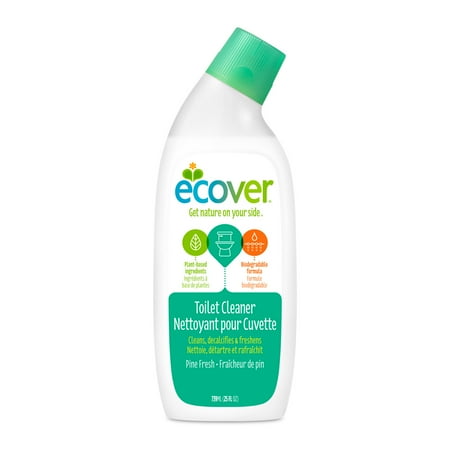
The Ecover products are some of my favorite, offering a toxin-free clean that is not only good for me and my home, but for the environment, too. I have found that it eliminates stains and odors with ease, and all without harsh chemicals.
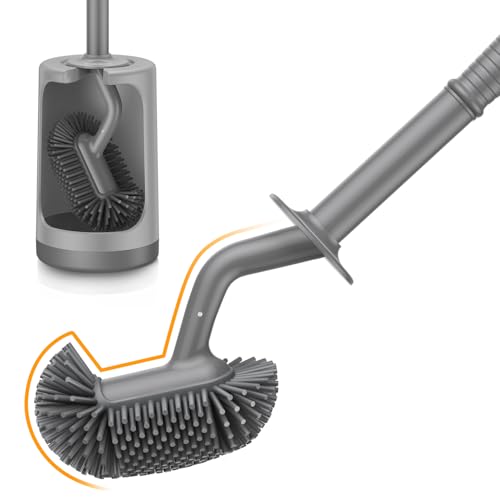
I swapped to a silicone toilet brush a few months ago and found it more hygienic than the original plastic bristle brushes. Silicone dries more quickly and can be sanitized by cleaning with vinegar to prolong its lifespan and reduce waste.
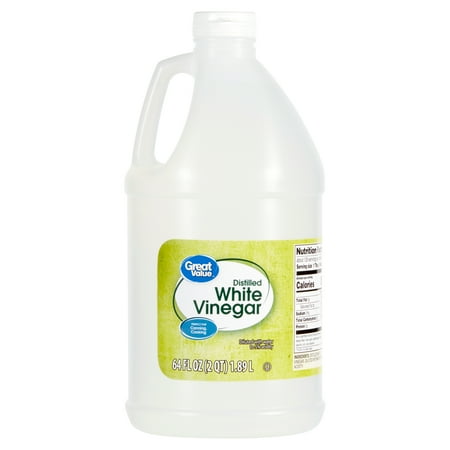
A 2020 study proved that vinegar can kill many household germs, including some strains of E. coli, making it the perfect swap for damaging chemicals such as bleach.
3. Air fresheners
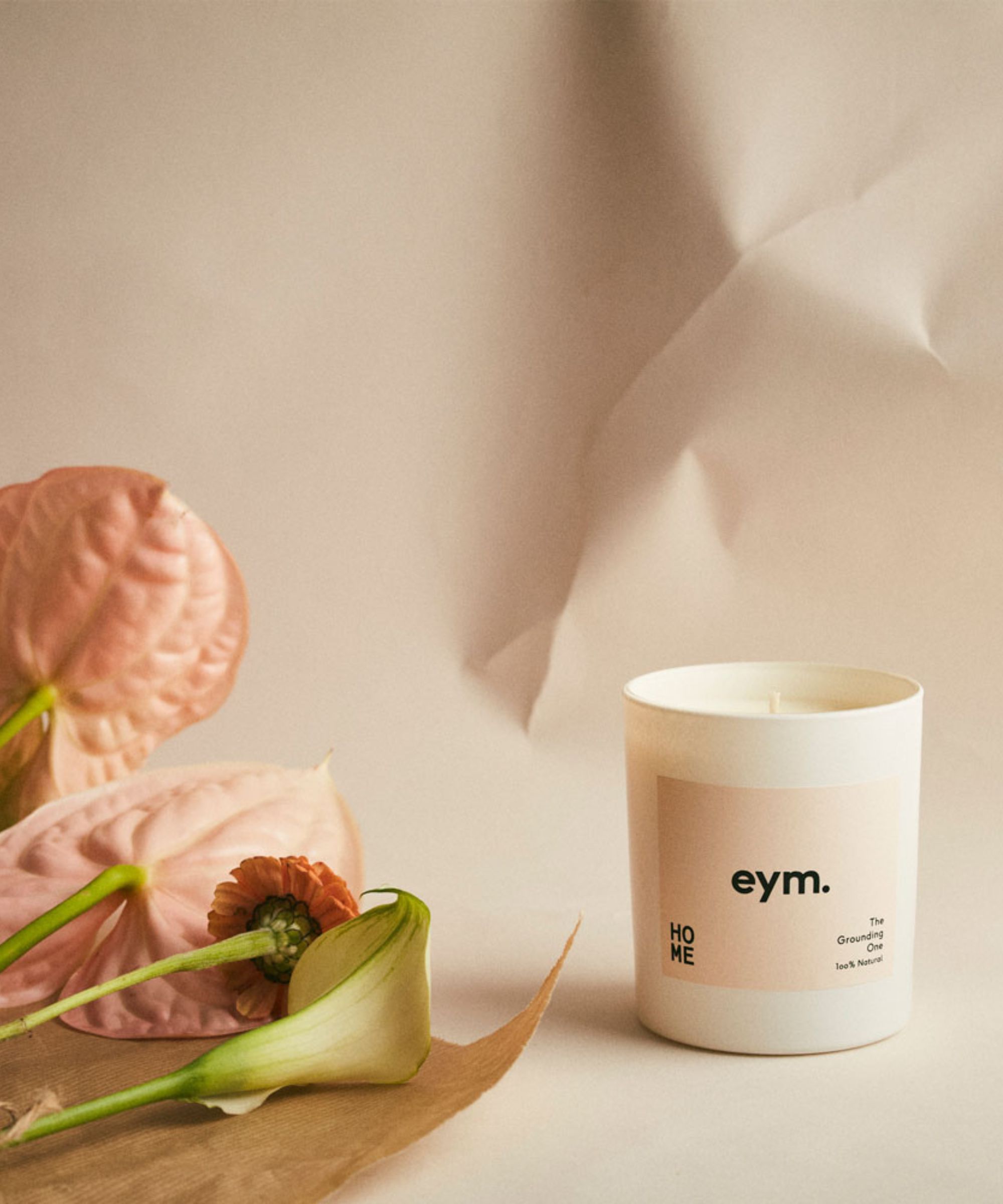
I have always been a fan of the best candles, fragrance plug-ins, and air fresheners to make a home smell nice.
Since moving in with my asthmatic partner, however, I have been more conscious of the toxins and contaminants that these often artificially scented products leach into the air. They are now all household items I stopped buying for a healthier home.
Kristy Miller, CEO at The Scented Market explains, 'Avoid paraffin wax, phthalates, synthetic dyes, and lead-core wicks when shopping for candles. Paraffin wax, a petroleum by-product, can release harmful fumes when burned. Phthalates, often found in fragrance oils, can disrupt hormones. Synthetic dyes and lead-core wicks can also release toxins into the air.
'For a cleaner, healthier experience, choose candles made with non-toxic ingredients that are good for you and the planet. Look for candles crafted with 100% soy wax and cotton wicks, free from phthalates, parabens, and synthetic dyes, ensuring a clean burn every time.'
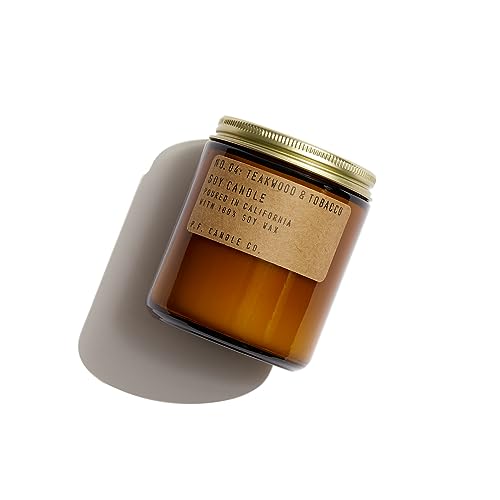
I love the P.F. Candle Co. candles. They are made with 100% soy wax and scented with essential oils meaning they are low-toxic but still smell amazing. They also burn evenly, too
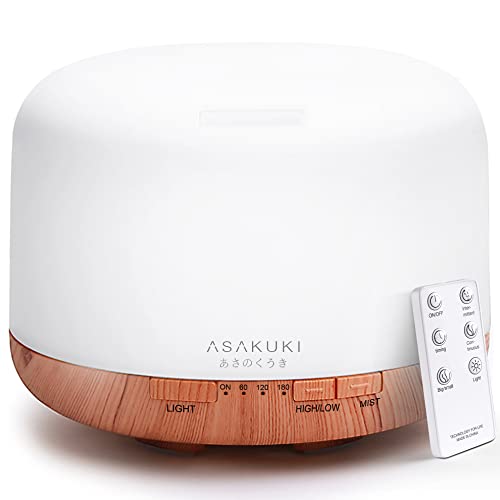
Essential oil diffusers are a great non-toxic way to make a home smell nice, acting as an alternative to plug-in fragrances. They help to gently scent the air using clean fragrances.
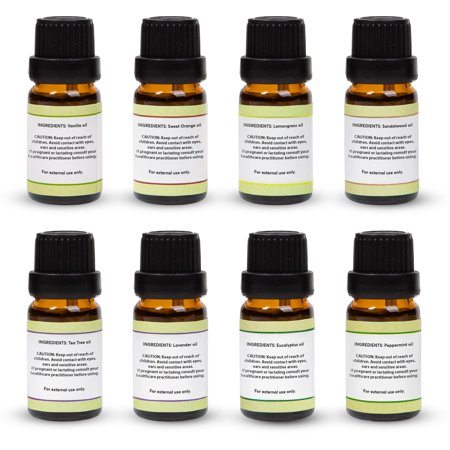
With scents ranging from lavender to tea tree, this starter set of essential oils is perfect for those who love to customize their home's scent and mix their own cleaning products.
4. Traditional laundry products
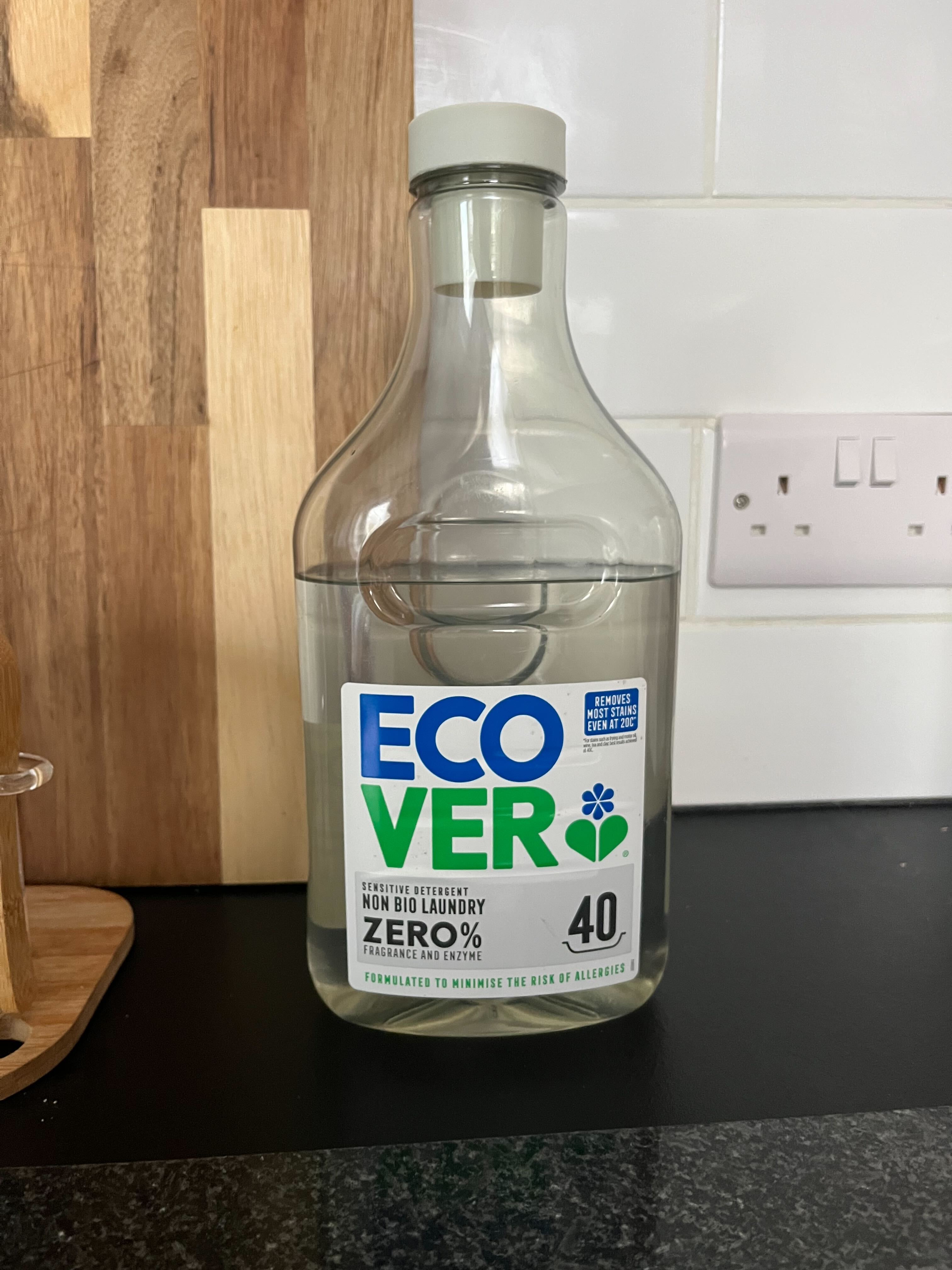
One of the saddest swaps I have made for a healthier home is my laundry detergents, as I used to adore the smell of highly fragranced laundry as it dried.
However, as I read more about the toxic laundry room items and their potentially dire effects on my health, I decided it was time to switch to non-toxic laundry products instead. The results are undeniable. My washing machine doesn't smell as bad, my skin has started to clear up, and my partner's asthma is nowhere near as bad at night.
While you can make laundry detergent, I decided to opt for an eco-certified detergent, like Ecover Zero Laundry detergent, from Amazon, which is free from hazardous dyes and fragrances. If you are concerned about the lack of fragrance leaving odors on clothing, don't be. So long as you use the correct washing machine settings, clothes come out smelling like nothing – the true scent of clean.
5. Oven cleaner
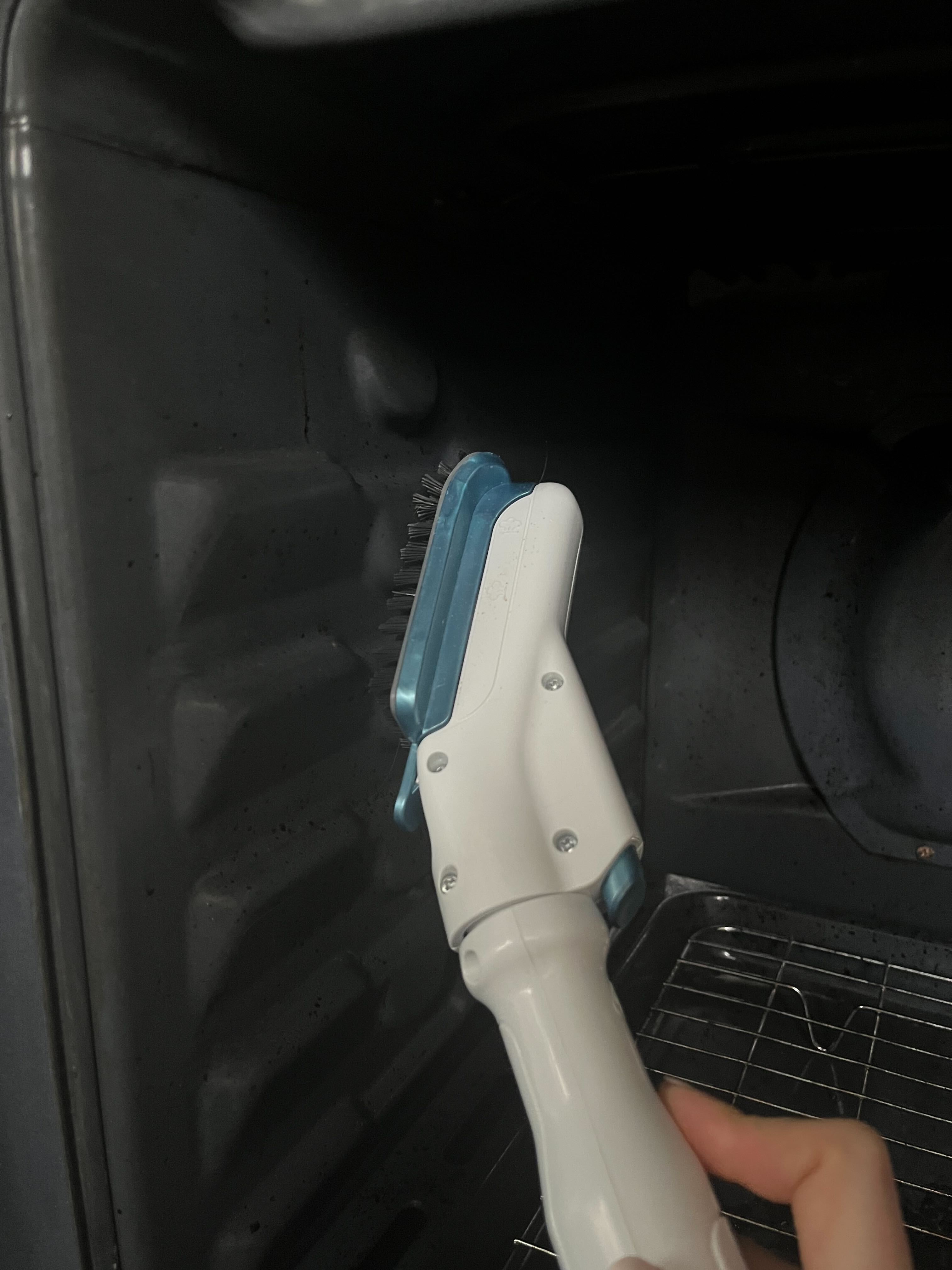
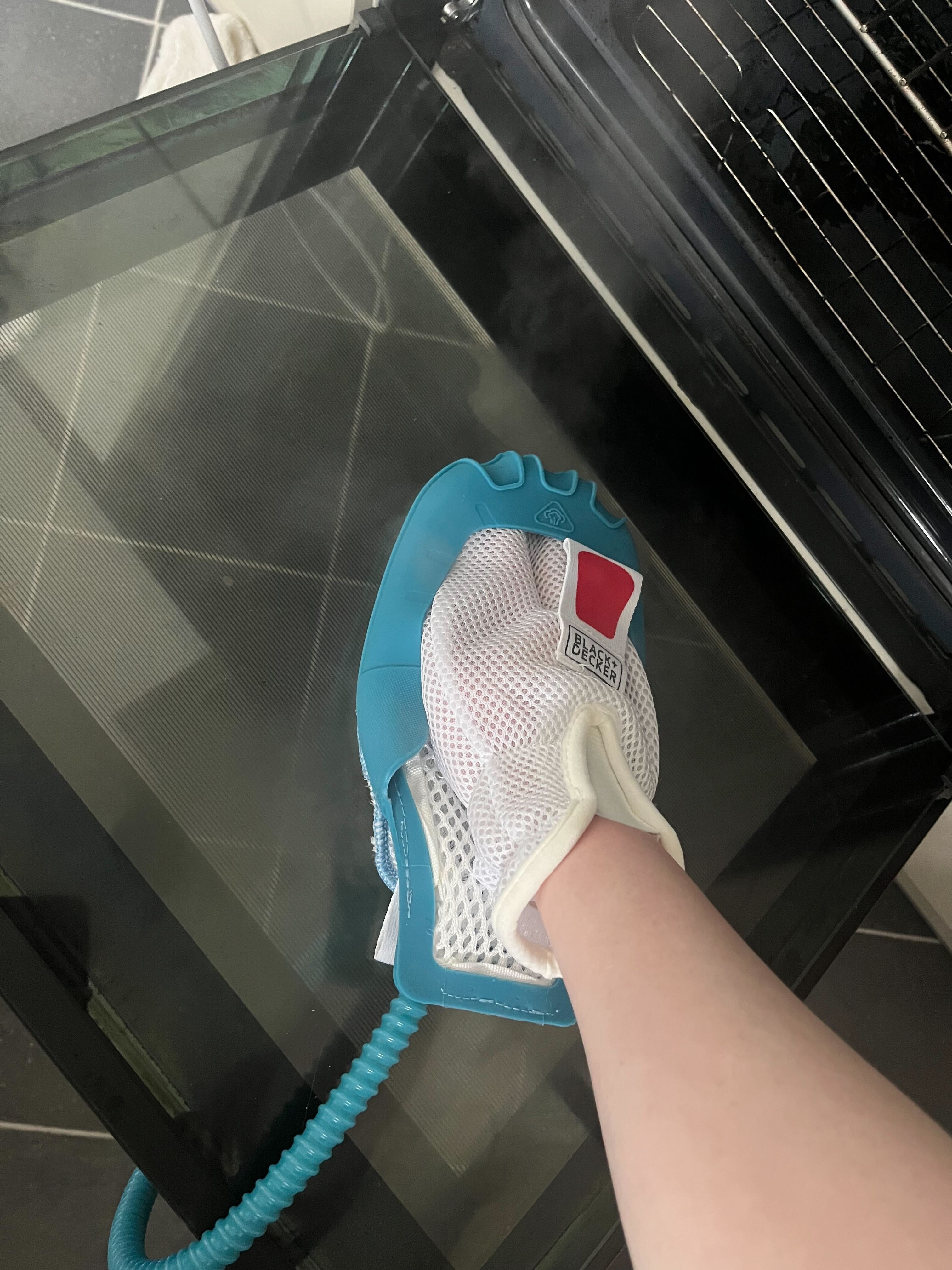
Cleaning an oven is no one's favorite task. To make it easier, commercial oven cleaner was a regular addition to my shopping basket. However, the more I learned about green cleaning, the more I realized just how toxic this product could be.
It was particularly scary when I realized I was literally coating the inside of my most used cooking appliance with the stuff on the regular, and it was highly unlikely that I was removing every bit of residue every time.
A 2017 study from the National Library of Medicine that looked into the toxicity of exposure to oven cleaners found that 'Following inhalation, patients frequently developed raspatory features, including coughing and chest pain/tightness. [...] Most patients exposed to oven cleaner irrespective of the route of exposure developed features of toxicity.'
I have started leaving oven cleaner on the store shelves and, as a eco-friendly sustainable cleaning swap, turned to steam cleaning a kitchen instead. While the best steam cleaner is more expensive upfront, it is by far one of the best cleaning tools worth the splurge.
Over time and with frequent use (such as cleaning an oven without chemicals or cleaning shower grout) the cost per use is cheaper than buying new cleaning products every month, and you are bettering your health.
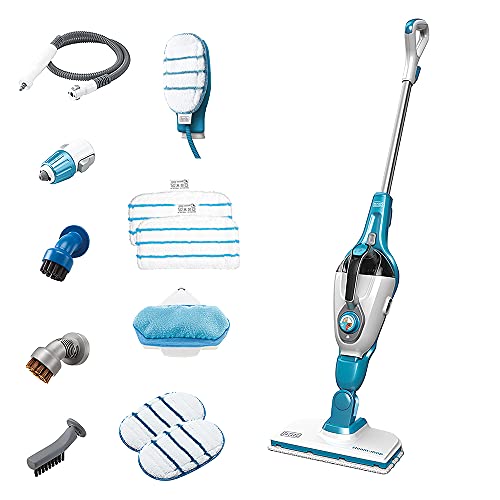
The Black & Decker steam mop is one of my most used essential cleaning tools. I use it in every room of my house, from killing bacteria in bathrooms and the kitchen, to steaming clothing and linens and freshening up carpets and floors.
6. Dry cleaning
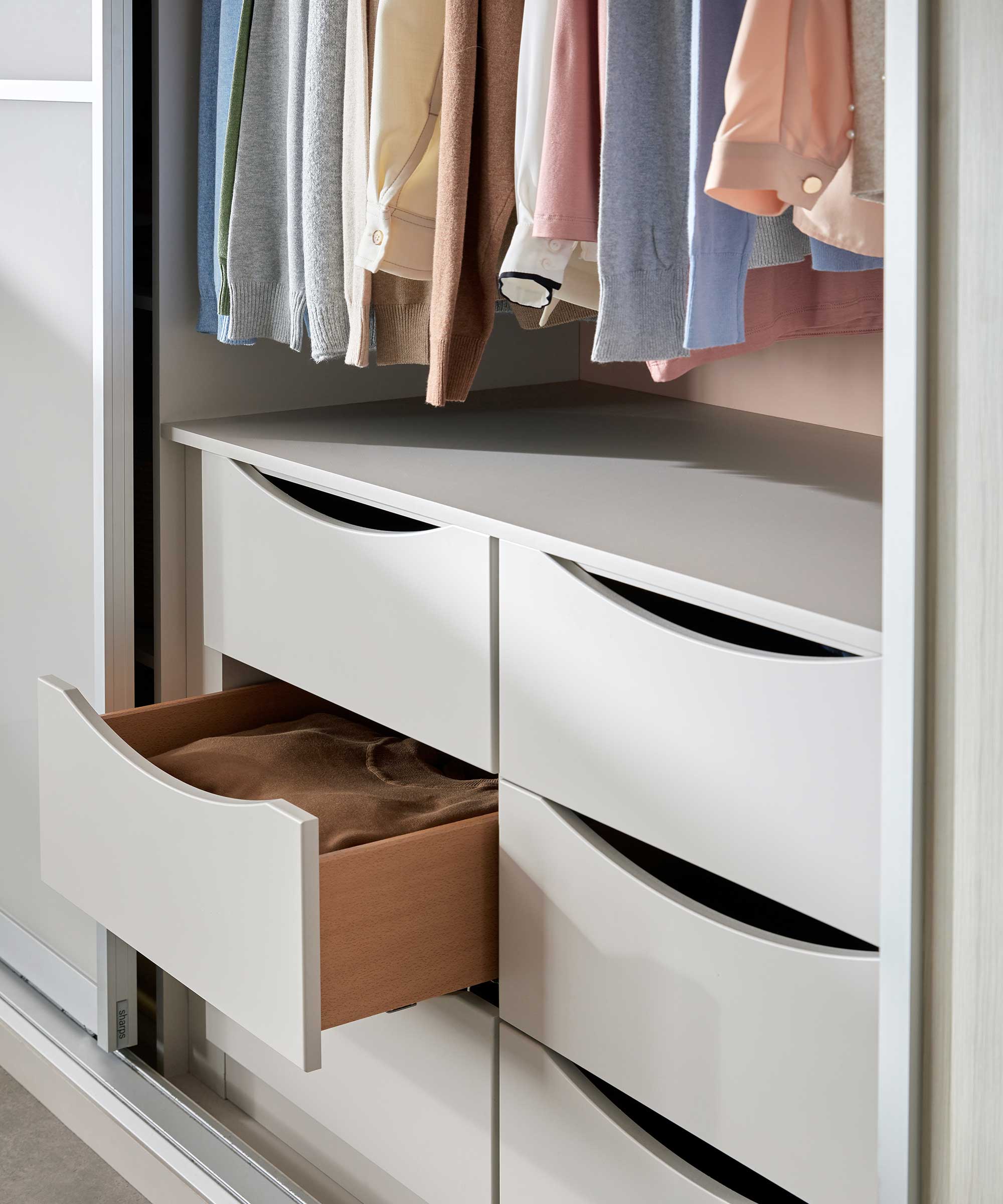
Okay, so this is not exactly an 'item' I would buy, but a service. Dry cleaning was an infrequent job I would have done at least once a year to freshen up my vintage wool coat, often too lazy to dry clean clothes at home.
However, a study in the journal of Environmental Toxicology and Chemistry discovered that PEC (perchloroethylene, the chemical used to dry clean) 'is slowly volatilized from [wool, polyester, and cotton] under ambient room air conditions.'
Given that the EPA has classified PEC as likely to be carcinogenic to humans, I have decided that the process likely is not all that worth it for items that are not stained or visually dirty. While there are 'safer' alternatives to PEC such as liquid carbon dioxide, I opt to steam clean my clothes instead to kill bacteria.
If you do dry clean items, the EWG suggests airing them outside for a while before storing them to limit PEC build-up in your home.
Did you know there are some secretly toxic basement items and secretly toxic things in your bedroom that you might need to replace? They are certainly items you won't miss if you declutter them now.
